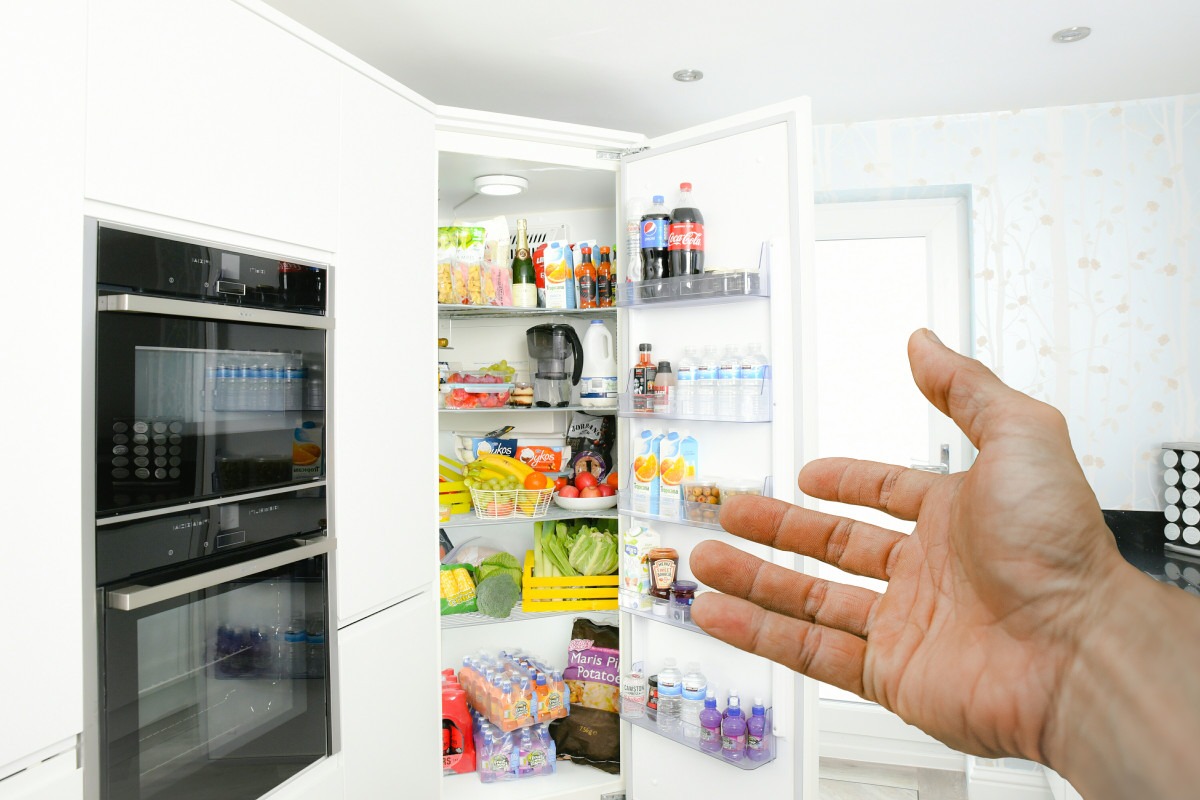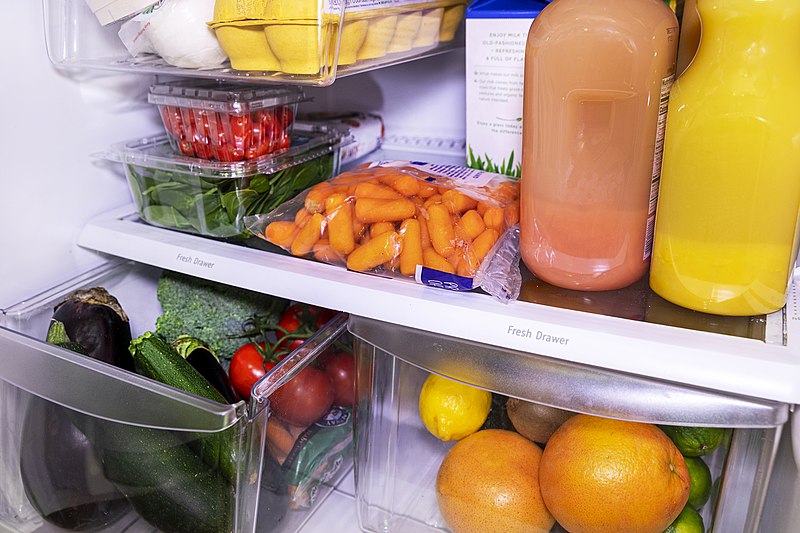Since a large part of being prepared for a disaster is storing up supplies, finding a way to store them that works for you is crucial. There are probably as many different options for storage as there are things to store, but there are some that are used more often than others, because they make more sense.
Naturally, the storage will differ based on what is being stored, as well as quantities. Water requires a different sort of storage than food, and weapons and tools can benefit from a different sort of storage, as well.
Storing Food
Keeping food edible for the long term can be a challenge. There are many things to consider when determining how to store sustenance in case of a catastrophic event.
Consider heat and cold. If the storage area is not property controlled for temperature and humidity, there can be spoilage that will defeat the purpose of storing the food. The ideal temperature is cool, but not cold: about 60ºF (15.5ºC) is about right. While canned and dried foods are less susceptible to temperature, freezing and overheating can have a definite negative effect on them.
If you have boxes and bags of provisions, they should be stored in a bug and rodent resistant containers. There is nothing quite as unpleasant as opening up a box or bag and finding critters or droppings inside!
There are some foods that are sensitive to light. Making sure the items are packaged or stored in a way that limits light exposure can extend the life of the food stores.
Humidity and oxygen can have a detrimental effect on some foods. Airtight containers are a must to keep foods from breaking down due to these factors.
Once you have determined the qualities required for your storage, the next part is choosing the containers. You will want to make sure they are stackable, as this will allow more to be stored in the space allotted. Plastic totes that lock closed are a great option, as they stack easily and they keep out dust and pests.
Speaking of allotted space, there are a variety of places in the house, garage, or yard that could be used for storage.
- A root cellar is made to have the cool temperature that is best for the food without needing heat or air conditioning. This might be accessed by stairs inside the house (a well ventilated basement), but more often is likely to be in the yard, separated from the house. It is possible to create one. It is also possible to bury the garden and leave root crops in the ground, as the cool temperatures will not damage the roots until the ground drops to 25ºF or lower. This happens much later in the winter – if at all – in southern regions.
- If your house has a second floor, the space under the stairs is often an unused space. You can build shelves inside that will hold #10 cans of vegetables or other supplies.
- Your closet may have extra space where you can store some of your supplies. The shelf above the clothes, the back behind if your closet is deep, or the edges if they stretch behind a wall.
- In the very back of cupboards or over the refrigerator where it is difficult to reach is a great place to put things that you will not need to get to very often. Other hard-to-reach places to store cans of food is behind the books in your bookshelf and under furniture such as couch, bed, dressers, etc.
- Inside empty suitcases there is space for a fair amount of food. On top of that, it would be easy to grab in the case of needing to leave the house in a hurry.
- The upper area of the garage, if it does not already have a loft, can be used by building one.
Storing Water
Storing water is somewhat more difficult, because of the nature of it. For one thing, it does not stay fresh as long as canned food does. There are a variety of containers available to use for storing water, from pint-sized bottles to barrels.
- The type of bottled water that can be purchased at the grocery store can be an excellent option. Because the bottles are smaller, if anything happens to them, you are more likely to lose one or two rather than several gallons, leaving you with a good quantity of usable water. It is also easy to rotate – to use the water and replace it so that you always have fresh water available in the case of need.
However, this type of bottle, while fairly easily stored, does not stack easily unless it is an unopened case. Once a case of water is opened, the bottles will shift and be less stable in a stack. - Gallon jugs will hold water but are not stackable. Also, it is never a good plan to reuse milk jugs for this purpose, as it is nearly impossible to clean them thoroughly enough, which will result in bacteria in the water. In the same vein, 2 liter bottles can be filled with water and frozen, if you have freezer space. This water may not be the best for drinking (though it may be potable), but it would definitely be good for washing. It also makes great ice packs for several days after electricity goes out. They are not stackable at all, though.
- Waterbricks hold three and a half gallons of water and are made to be stackable. They are intended to allow people to store water for emergencies, so they stack neatly.
- Rain barrels can be filled from clean water or used to catch rainwater (or both). These take up more space and would be difficult to move, but they hold enough water to keep a family going for a few days. You will want to verify that they are made of food grade material.
Storing Other Supplies
There are a good many other supplies that will need to be stored, and some storage solutions can work for pretty much any type of supply. Along with the things listed previously, other options include the following possibilities.
On the back side of interior doors, there are over-the-door organizers that can be added to increase storage space. Shoe holders can also hold a variety of useful items. They can hold tools, medicine and first aid supplies, smaller food selections, weapons and ammunition, or any number of other things.
Plastic shoe boxes stack nicely and can help organize smaller items. Packages of wipes, for instance, can be neatly organized in small plastic totes to make them easier to stack and store. First aid kits go great in plastic totes. Because plastic has the ability to be airtight and to be resistant to animals and dust, plastic totes that lock closed can be an excellent storage solution.
One last thing to consider is storing some things at a location away from home, in case the disaster damages your home or makes it impossible to get to your supplies. Some recommend renting a storage unit that can be driven to and using it either for a small utility trailer packed with supplies which can be quickly hitched up and pulled away, or for boxes or totes of supplies that can be quickly loaded into your vehicle if you need to get out of town. It is best if the storage is a climate-controlled unit, to preserve the supplies at their best.

